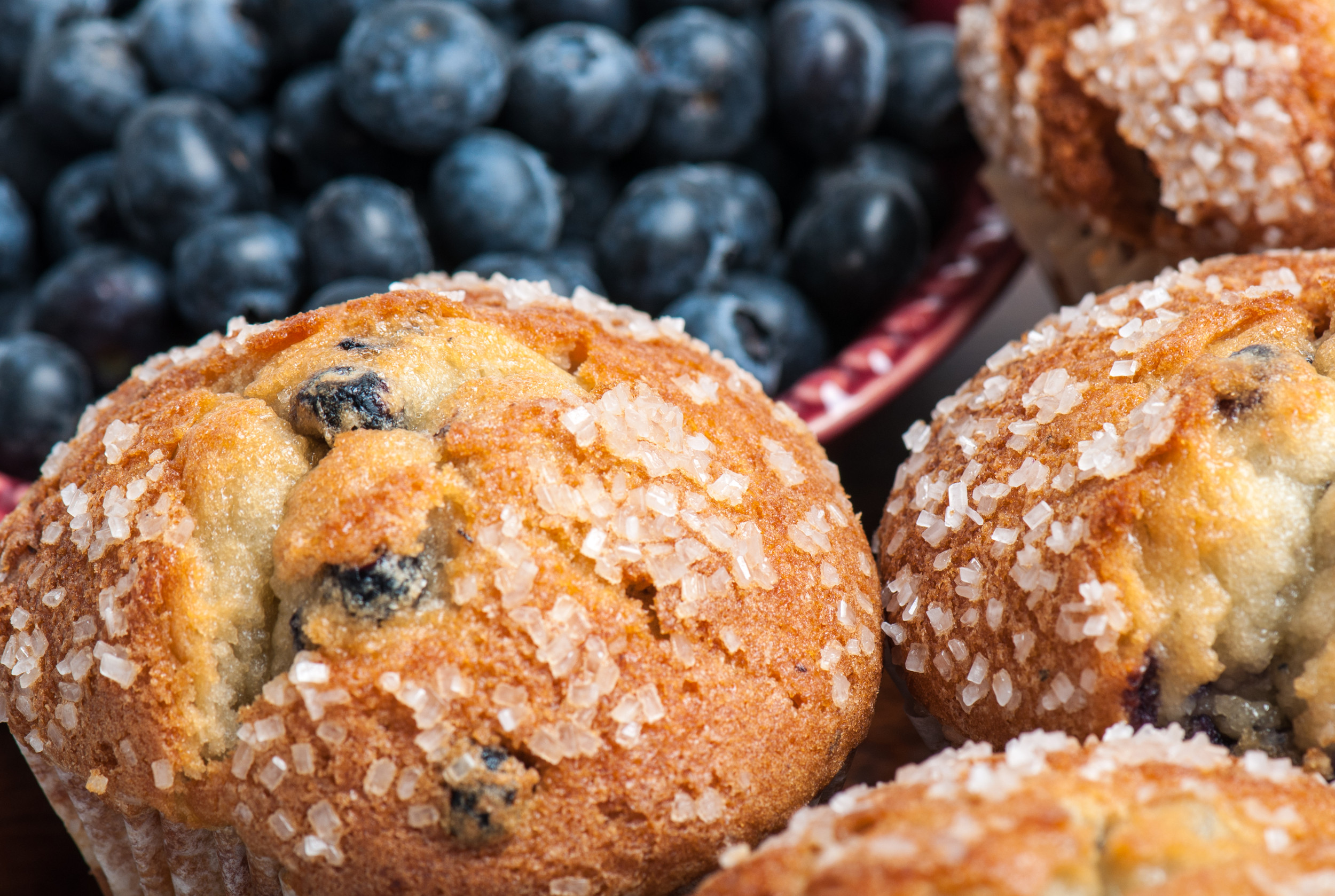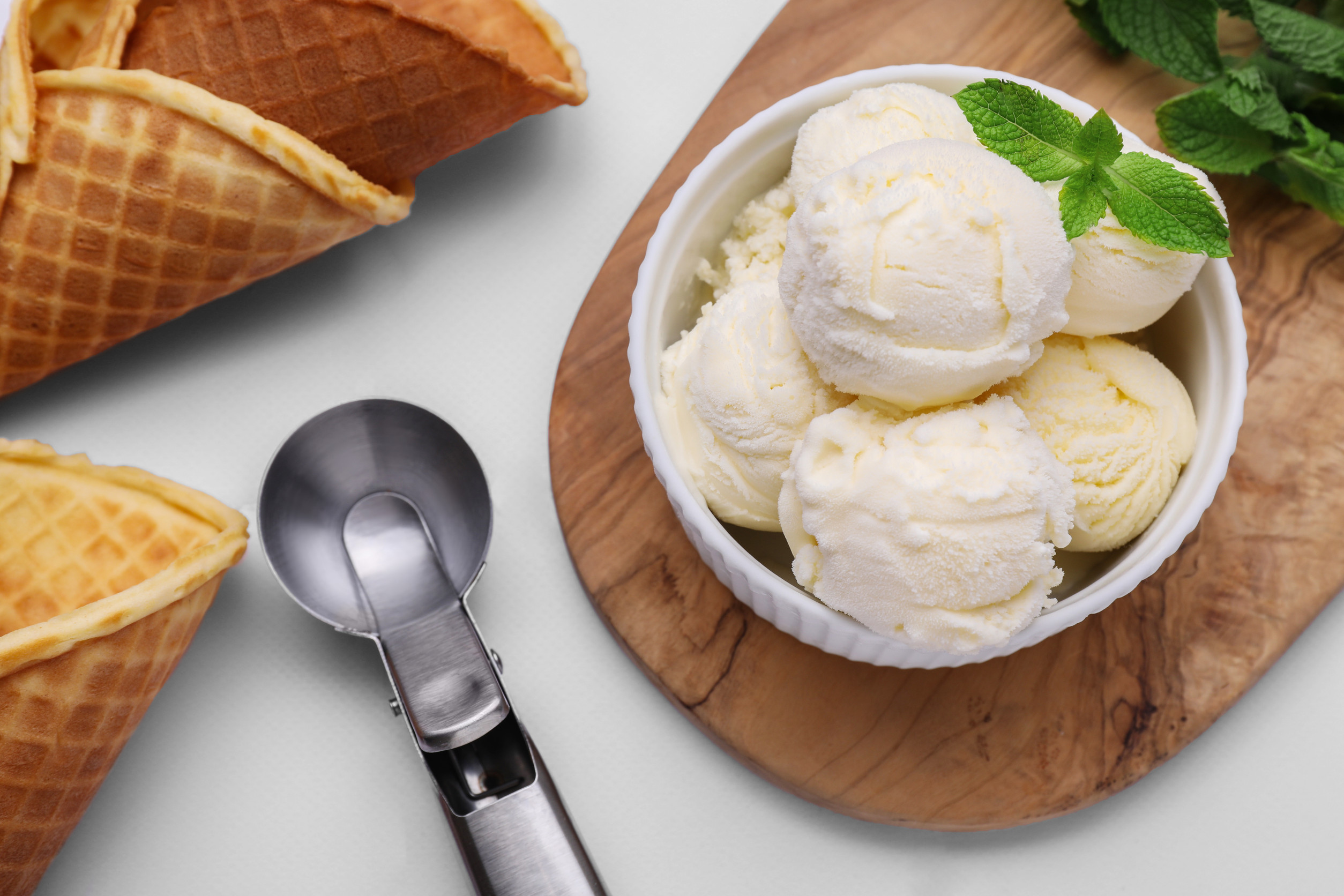You walk through the grocery aisle expecting truth in advertising. But what if that “real fruit” snack contains zero fruit? Or your “butter-flavored” spread has no butter at all? It turns out that misleading food labels are more common than you think, masking cheap substitutes and artificial fillers as the real deal. For health-conscious shoppers and label-readers alike, here are 10 packaged foods that often contain less than they promise—or something else entirely.
1. “Blueberry” Products With No Actual Berries

Image Source: 123rf.com
From muffins to granola bars, blueberry flavor is everywhere—but don’t be fooled. Many products use artificial dyes and flavorings to mimic blueberries, without containing a single real berry. Some brands use a mix of sugar, cornstarch, and blue coloring to create fake blueberry “bits.” While it may taste sweet, it’s a far cry from actual fruit. Always check the ingredient list to confirm if real blueberries are involved.
2. Parmesan Cheese That’s Not 100% Cheese
Shredded Parmesan sounds like a safe bet—until you learn some products contain wood pulp. A 2016 investigation found several “100% Parmesan” brands had up to 8% cellulose, a filler made from plant fibers. While technically safe to eat, it’s not exactly what you signed up for. The FDA allows some cellulose, but excessive use is deceptive. Real Parmesan should be made from milk, enzymes, and salt, not paper byproducts.
3. Maple Syrup That’s Just Flavored Corn Syrup
If the label doesn’t say “pure maple syrup,” chances are you’re pouring flavored corn syrup on your pancakes. Imitation syrups often use caramel coloring, artificial flavors, and high-fructose corn syrup. These cheap versions offer the look and sweetness of maple without the antioxidants or natural production process. Vermont and Canadian maple syrup, for example, is the real deal. Always look for “100% maple syrup” to avoid being duped.
4. Crab Meat That’s Really Imitation Surimi
Most “crab” found in sushi rolls or seafood salads is actually surimi—processed white fish flavored to taste like crab. It often comes from pollock and is dyed to resemble crab legs. While not harmful, it’s misleading when restaurants or frozen packages don’t clearly label the product as “imitation.” The real problem? Consumers are often charged crab prices for fish-based substitutes.
5. Guacamole Without Avocado
Yes, it exists. Some budget guacamole dips use vegetable oils, green coloring, and starch to mimic avocado texture and color. If avocado isn’t listed as the first ingredient—or isn’t included at all—it’s not true guacamole. This tactic is used to cut costs, but it cheats customers looking for the healthy fats and nutrients avocados offer. When in doubt, make your own.
6. Truffle Oil Without Any Truffle
You might see “truffle oil” on menus and in specialty aisles, but most products don’t contain actual truffles. Instead, they’re made with synthetic compounds like 2,4-dithiapentane—a lab-created aroma that mimics truffle scent. This chemical gives off the distinct earthiness of truffles, but lacks the complex flavor of the real thing. True truffle oil is rare, expensive, and clearly labeled. Most versions under $15 are flavored fakes.
7. Fruit Snacks Made Mostly of Sugar and Gelatin
Those “fruit” snacks in kids’ lunchboxes often contain more corn syrup than actual fruit. In fact, some use only a tiny amount of fruit puree or juice concentrate—far less than what the packaging implies. Add in food dyes and preservatives, and it’s more candy than fruit. Misleading food labels make it easy to assume these snacks are healthy. Always look for whole fruit listed as the first ingredient.
8. Butter-Flavored Spread Without Any Butter
Products labeled as “buttery spread” or “butter-flavored” might not include a trace of actual butter. These margarine-like products are usually made with vegetable oil, emulsifiers, and artificial flavors to simulate the real thing. Some even add beta-carotene for the yellow hue we associate with butter. If you’re shopping for real dairy, don’t let the marketing fool you. Only items labeled “butter” contain actual cream.
9. Instant Mashed Potatoes Made Mostly of Fillers
You might think you’re getting pure potatoes, but instant mash packets often include anti-caking agents, preservatives, and even artificial flavoring. Some brands contain more salt and additives than actual potato flakes. That’s fine for convenience, but misleading when marketed as “real mashed potatoes.” The simpler the ingredient list, the closer you’ll get to a homemade taste.
10. Vanilla Ice Cream Without Real Vanilla

Image Source: 123rf.com
Many budget ice creams use vanillin, a synthetic flavor derived from wood pulp, instead of actual vanilla beans. The label might say “vanilla flavored,” but unless it specifically notes “natural vanilla” or “vanilla extract,” it’s likely artificial. True vanilla comes from orchid plants and is significantly more expensive. This is a classic case of a label sounding honest while quietly cutting corners.
Reading Labels Is Your First Line of Defense
In today’s processed food world, misleading food labels can sneak past even savvy shoppers. The key? Always read the ingredient list—not just the front-of-package claims. If a product doesn’t name its star ingredient in the top five ingredients, it’s probably more marketing than substance. Look for specific terms like “pure,” “natural,” and “100%,” but confirm with the fine print. Your food deserves honesty—and so do you.
Have you ever bought a product only to realize it wasn’t what it seemed? Which “fake” food surprised you the most? Share your thoughts in the comments!
Read More
10 Ways Meat Packaging Can Be Misleading or Mask Spoilage
Why Some Grocery Chains Repackage Expired Meat Without Telling You

